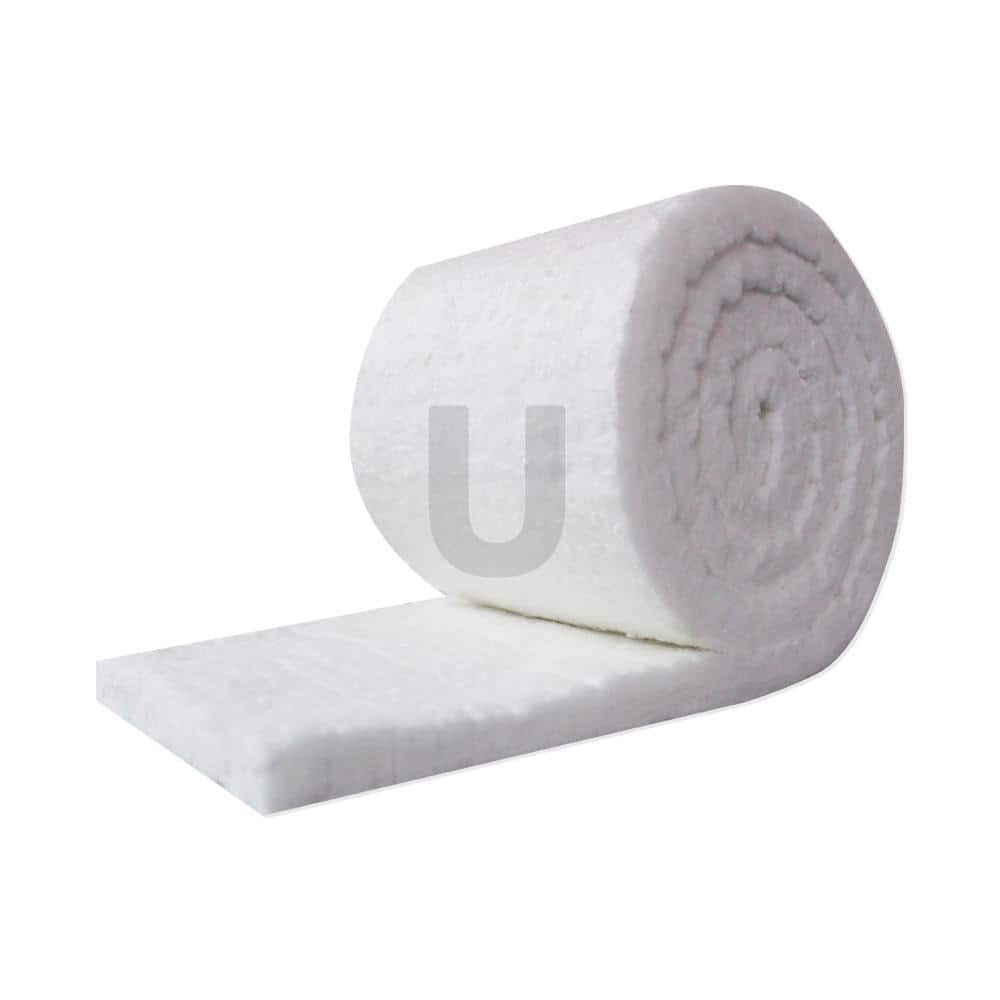So I plan to line my masonry chimney for a Drolet Columbia II wood stove install. Is there any significant difference between these two liners? I like being able to source the HD one locally, but if the Vortex is better quality, I will go with that.
(broken link removed)
(broken link removed to https://myfireplaceproducts.com/us_en/6-o-x-25-vortex-stainless-flex-liner-kit-for-appliance-volka-625)
(broken link removed)
(broken link removed to https://myfireplaceproducts.com/us_en/6-o-x-25-vortex-stainless-flex-liner-kit-for-appliance-volka-625)


